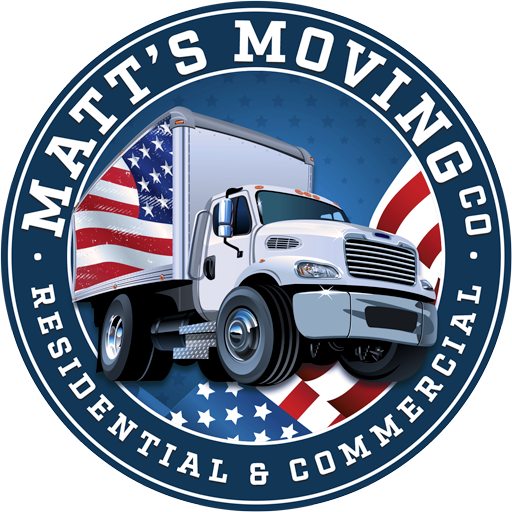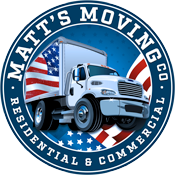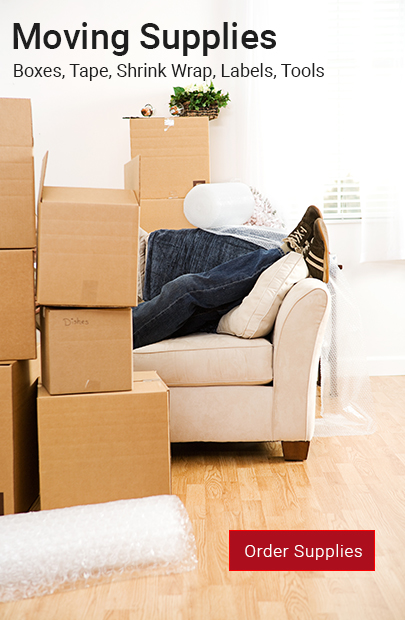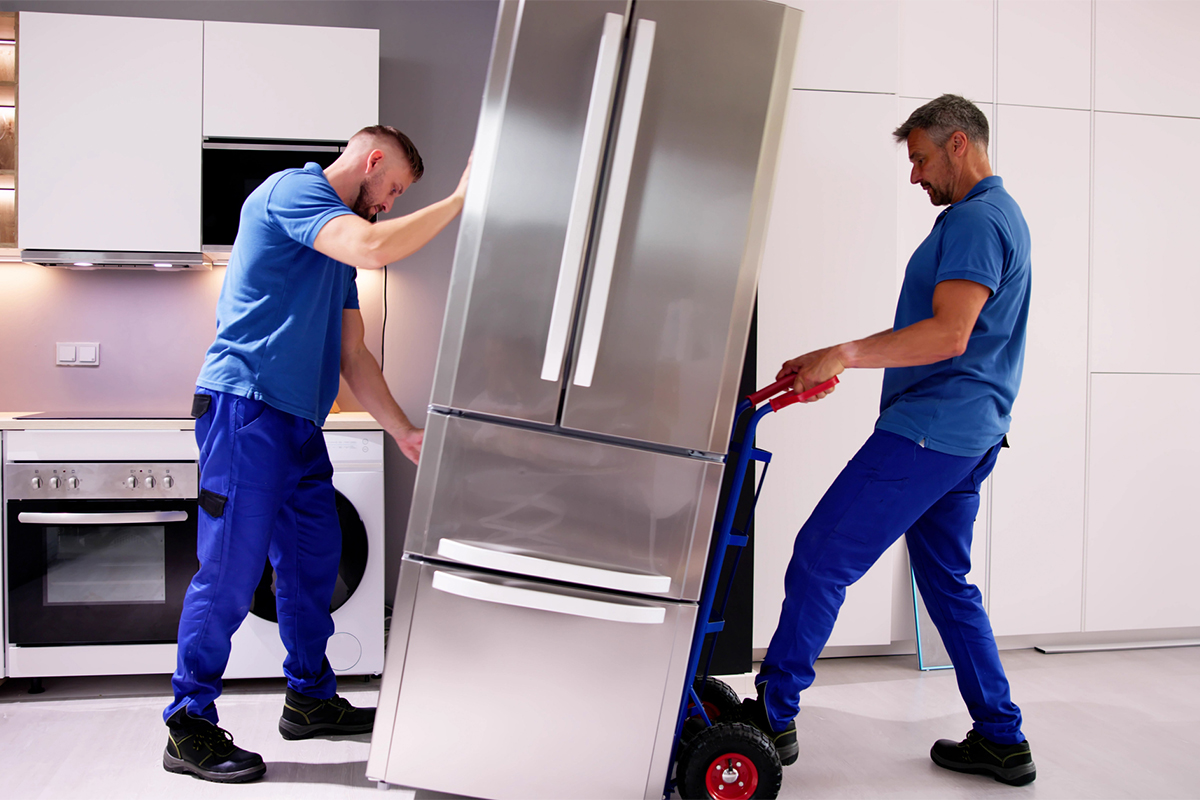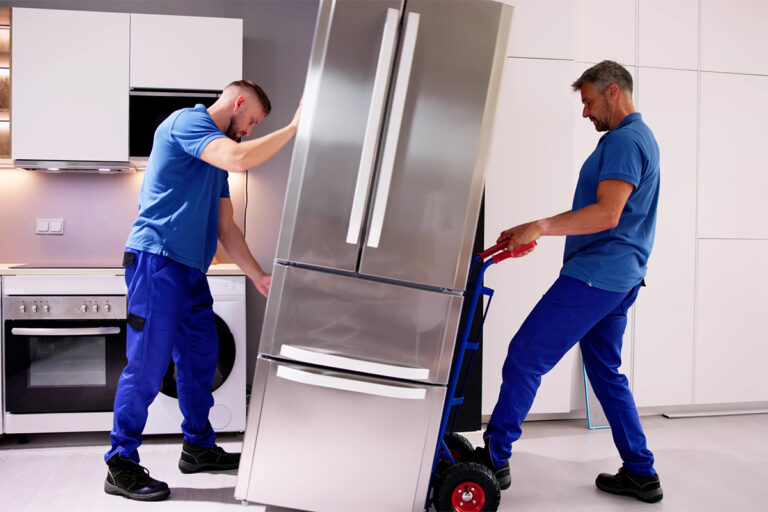Are you a senior who has recently moved and is feeling overwhelmed with the task of packing and unpacking? Here are some helpful suggestions.
Begin Packing and Organizing as Early as You Can
When preparing for a move, it is important to create a plan and timeline. This plan should outline tasks and deadlines to help seniors stay organized and focused. Breaking down tasks and scheduling specific time slots for packing can help prevent last-minute rush and stress.
Before packing, seniors should consider decluttering and removing any items they no longer need or use. This not only reduces the number of items that need to be packed and moved but also helps create a new living space.
Gather the necessary packing materials in advance. This includes boxes in various sizes, packing paper, bubble wrap, packing tape, and markers.
More than 3 million older adults move every year, with those 85 and older among the most mobile. [1]
About 51% of retirees (ages 50 and up) move into smaller homes after retirement. [2]

Create a Moving Checklist
It is advisable for seniors to create a checklist before starting the packing process. This checklist should include all the essential tasks that need to be completed, such as notifying utility companies, forwarding mail, changing addresses with banks and other institutions, scheduling the moving company, or coordinating with family and friends for assistance.
By having a comprehensive checklist in place, seniors can stay focused and ensure that no important details are overlooked during their move.

Pack one Room at a Time
Start by selecting a room to begin with. It is often best to start with the least frequently used room or an area that has a minimal sentimental attachment, such as a guest room or storage space. This allows seniors to ease into the packing process without disrupting their daily routines or emotional attachment to personal belongings.
Begin by sorting through the items in the chosen room. Seniors should begin by decluttering and deciding what items they want to keep, donate, sell, or discard. Seniors may find it helpful to ask for assistance from family members or friends when it comes to making these decisions.
Start packing the items that will not be needed until after the move. This includes items like seasonal clothing, books, decorative items, and extra linens. Carefully wrap fragile or breakable items with packing materials to ensure they are protected during transport.
Label Boxes Well and Pack an Open First Box
Begin by using a permanent marker or colored labels to clearly indicate the contents of each box. Be specific when labeling, especially with items that belong to different rooms, such as kitchen utensils versus bathroom supplies.
Assign a different color for each room and use the corresponding colored labels or markers on the boxes.
This method will make it even easier for you or your moving team to quickly identify where each box belongs.
Another helpful tip is to pack an “open first” box. This box should contain all the essential items you’ll need immediately upon arriving at your new home. This could include basic toiletries, a change of clothes, medication, important documents, kitchen essentials like utensils and a few pots and pans, bedding, and some basic cleaning supplies. Make sure to clearly mark this box so that it doesn’t get lost in the shuffle.
By packing an “open first box,” you’ll have everything you need to settle in comfortably without having to dig through multiple boxes. It also ensures that you won’t be hunting for essential items late at night or first thing in the morning when you’re still adjusting to your new space.
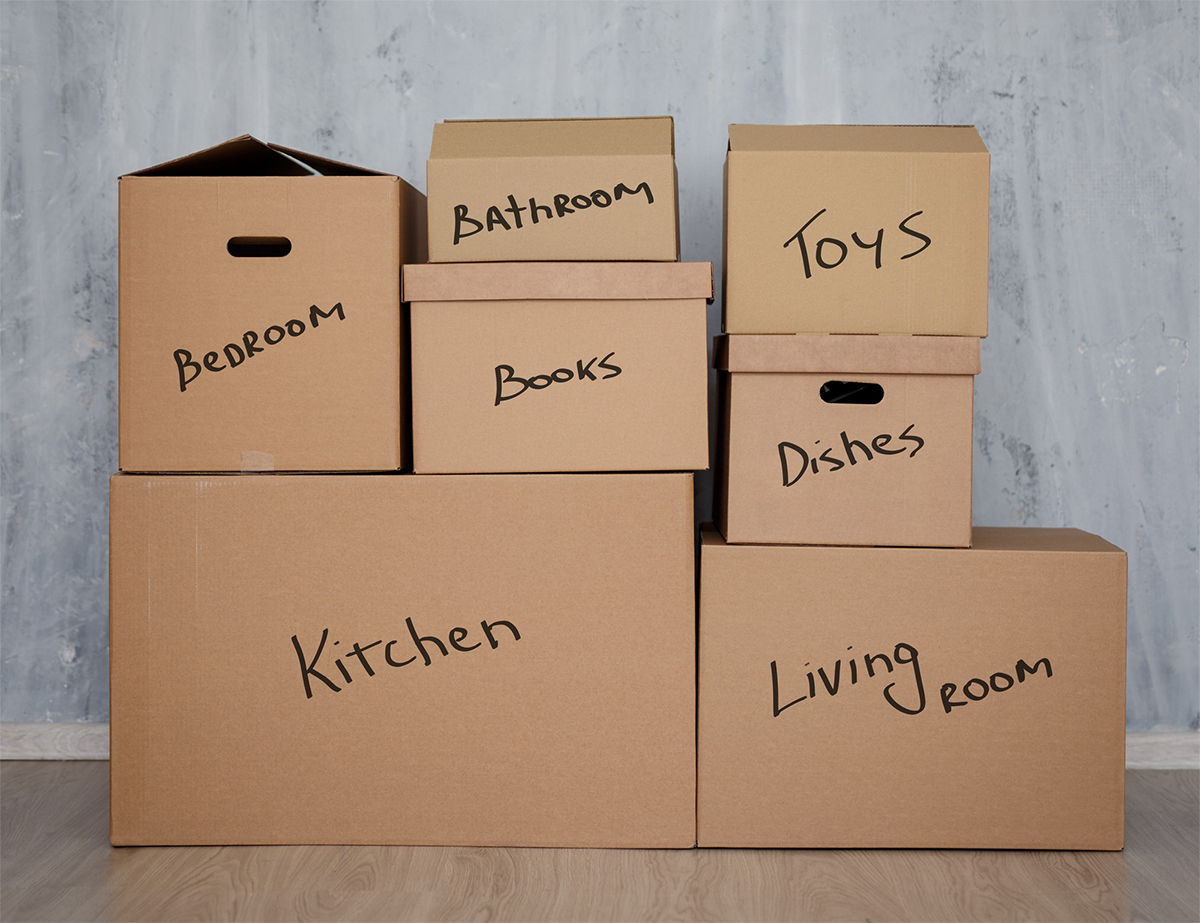
Pace yourself
By giving yourself enough time, you can pack at your own pace without feeling rushed or overwhelmed. Begin with one room and then move on to the next, taking breaks whenever you need to rest. This way, you won’t feel drained or exhausted before the moving day even arrives.
Listen to your body and address any mobility issues. If lifting or carrying heavy items, use furniture dollies or ask for help. If you have a seated walker or other mobility aid, use it as much as possible throughout the process.
Take regular breaks to rest and stretch, and don’t hesitate to ask for assistance when needed. By putting your safety and well-being first, you can minimize the risk of injuries and strain during the moving process.
Don’t forget to take breaks and allow yourself time to relax and recharge. Moving can be physically and emotionally draining; give yourself frequent rest in order to lower your stress level.
Get Family or Friends on Board to Help
When enlisting the help of family or friends, make sure to communicate your needs and expectations clearly. Explain the tasks that need to be done and provide a timeline for when you would like them to be completed. This will help everyone stay organized and on track, ensuring that the move progresses smoothly.
Whether it’s lifting heavy items, sorting belongings, or organizing boxes, having someone by your side can help speed up the process and alleviate some of the physical strain. It can also be emotionally comforting to have loved ones present, providing moral support and reassurance during what can be a stressful time.
Assign specific tasks to each person so that everyone knows their role and can work efficiently. This division of labor will ensure that the workload is distributed evenly and that no tasks are overlooked.
Involving family or friends in the packing process can make it a more enjoyable experience. It provides an opportunity to reminisce and share stories about certain items, creating meaningful moments and memories.
This can make the transition to a new living space easier and more uplifting, as you’ll have loved ones by your side every step of the way.

Unpack Kitchen First
Unpacking the kitchen first allows access to essential items needed on a daily basis, such as plates, utensils, pots, and pans. By having these items readily available, you can easily navigate your new living space without feeling overwhelmed or disoriented.
To streamline the unpacking process, it’s helpful to create an unpacking plan specifically for the kitchen. Start by unpacking the items that you use most frequently, such as a coffee maker, toaster, or microwave.
Hang up any decorative items, family photos, or sentimental kitchen accessories that bring you joy. This will help create a warm and inviting atmosphere, making your new kitchen feel like home.
Consider Hiring a Moving Company
Packing can be a physically demanding task, especially for seniors who may have mobility issues or health concerns. With a full-service moving company, you can sit back and let the professionals take care of the entire process, from packing to unpacking. They provide all the necessary packing materials, saving you the hassle of sourcing and purchasing them yourself.
Full-service movers often offer storage units or storage space for those who need it. This can be beneficial if you’re downsizing or moving into a smaller living arrangement, as it provides a temporary solution for housing items that don’t fit in your new space.
One of the main benefits of hiring a professional moving company is the peace of mind it provides. Skilled professionals who specialize in senior moves understand the unique needs and challenges that come with relocating later in life.
They have experience handling fragile items, personal belongings, and valuable possessions, giving you the assurance that your belongings will be handled with care. Having the option to store your belongings can also give you more time and flexibility to decide what you truly want to keep and what can be donated or sold.
When choosing a moving company, do your research and find a reputable mover. Look for a company with experience in senior moves and a track record of satisfied customers. Consider getting multiple quotes and requesting a personalized moving plan that fits your specific needs and budget.
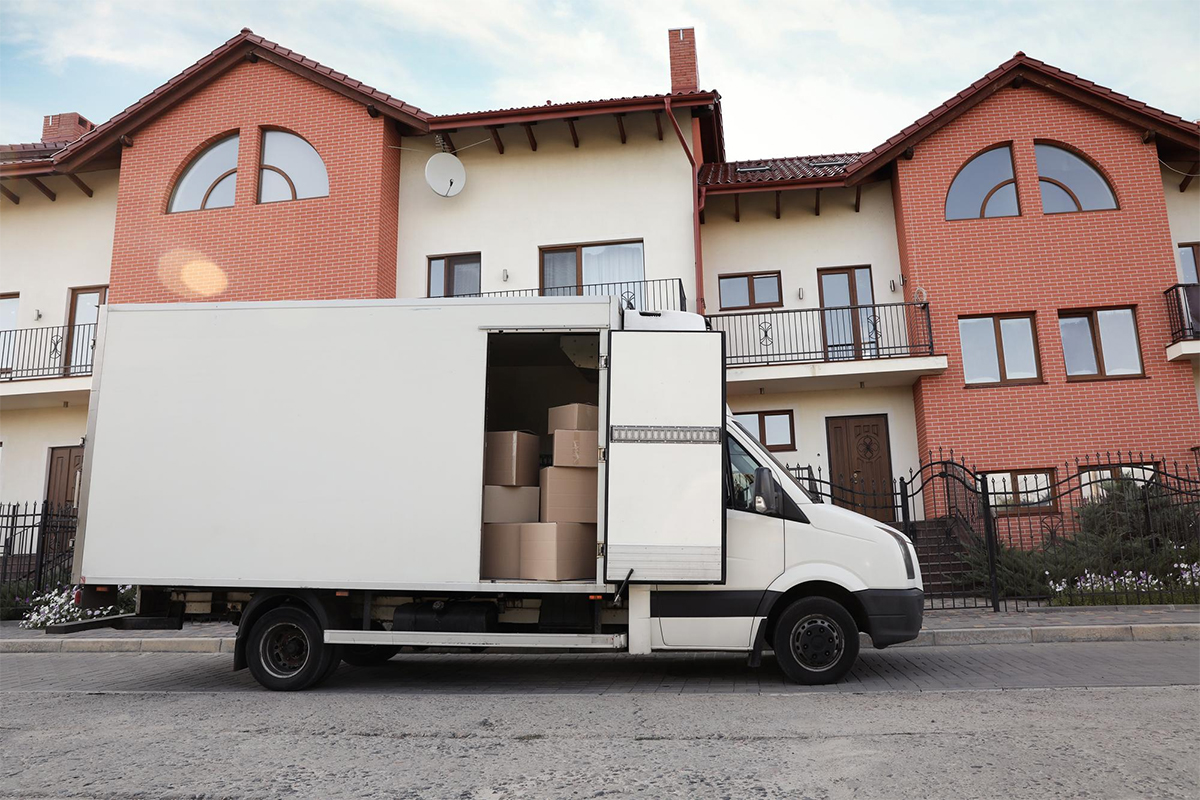
Matts Moving specializes in providing easy packing and unpacking tips specifically for seniors. We understand the unique challenges you may face during a move, and we have the expertise to make the process as smooth as possible. Our tips are tailored to your needs, ensuring a stress-free experience.
Don’t stress about your move; let Matt’s Moving handle all your moving needs with ease and care – contact us today!
Sources:
[1] Bonvissuto, K. (2022, October 13). Census Bureau: Older adults on the move, with those 85+ among most mobile. McKnight’s Senior Living. https://www.mcknightsseniorliving.com/home/news/census-bureau-older-adults-on-the-move-with-those-85-among-most-mobile/
[2] Lerner, L. (2023, January 3). Downsizing Tips for Seniors. SeniorLiving.org. https://www.seniorliving.org/housing/downsizing/
